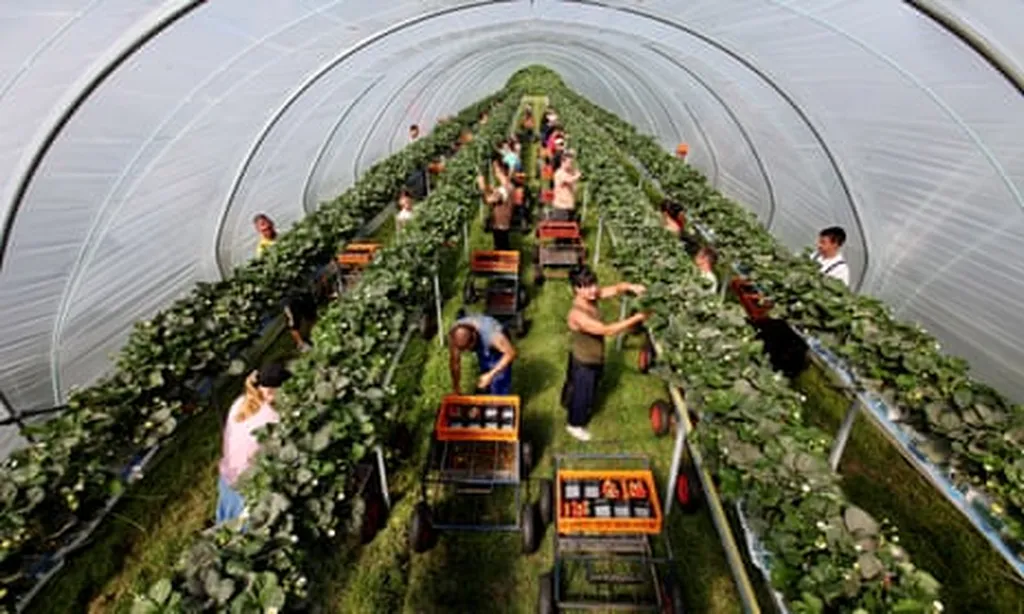In the heart of Romania’s Central Region, a quiet revolution is brewing, one that could reshape the future of agriculture and entrepreneurial competitiveness. A recent study, led by Ioana Madalina Petre from the Department of Industrial Engineering and Management at Transilvania University of Brașov, explores how miniaturized unmanned agricultural robots are poised to transform farming practices and boost local economies.
The global market for these tiny, intelligent machines has been growing rapidly, driven by advancements in robotics, artificial intelligence, and precision agriculture. But unlike in highly industrialized nations, the adoption of these technologies in emerging markets like Romania is still in its infancy. Petre’s research, published in the journal *Agricultură* (translated to English as *Agriculture*), aims to bridge this gap by investigating how agricultural entrepreneurs in Central Romania can leverage these innovations to gain a competitive edge.
The study employed a mixed-methods approach, combining interviews and surveys to gauge the readiness of key stakeholders—farmers, technology providers, institutional representatives, and investors—to embrace these new technologies. The findings were promising: a strong interest and willingness to adopt advanced robotic solutions, underpinned by robust knowledge management practices.
“Precision agriculture stakeholders in Central Romania are not just open to innovation; they are actively seeking ways to integrate these technologies into their operations,” Petre noted. “They understand that the key to staying competitive lies in their ability to adapt and absorb new knowledge quickly.”
However, the path to widespread adoption is not without its challenges. High equipment costs and limited access to financing remain significant barriers. “While the enthusiasm is there, the financial hurdles are real,” Petre explained. “We need supportive policies and collaborative financing models to make these technologies accessible to a broader range of entrepreneurs.”
The study’s insights could have far-reaching implications for the agricultural sector and beyond. As unmanned agricultural robots become more prevalent, they could drive down operational costs, increase productivity, and enhance sustainability—key factors for entrepreneurial competitiveness. Moreover, the emphasis on knowledge management and dynamic capabilities suggests that the future of agriculture lies in collaboration and continuous learning.
Petre’s research also highlights the need for further exploration into adoption dynamics, cross-country comparisons, and the role of education in accelerating the integration of agricultural robotics. As the world grapples with food security challenges and climate change, these insights could be crucial in shaping policies and strategies that foster innovation and resilience in emerging markets.
In the end, Petre’s work serves as a reminder that the future of agriculture is not just about technology; it’s about people, collaboration, and the willingness to adapt. As the Central Romanian case study demonstrates, the seeds of change are already being sown, and with the right support, they could blossom into a thriving, tech-driven agricultural sector.

